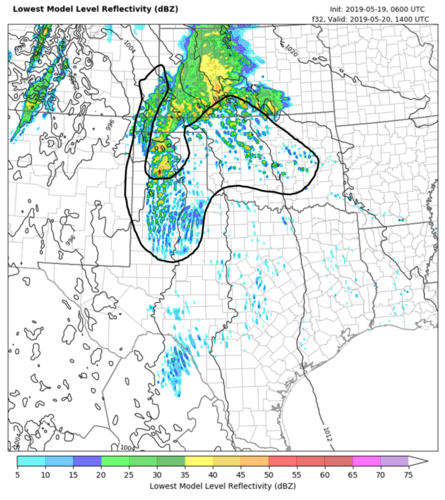Jeff House
Supporter
Believe SPC mentions WAA discrete just to cover anything in the free warm sector and good environment. However we will favor the DL and OFB intersection(s). Probably won't chase TP due to cool air north side concerns.
Subtle forcing is probably favored for storm chasing. Maybe we can avoid the 2017 debacle or the day after Chapman 2016. Be safe in the crowds and good luck!
Subtle forcing is probably favored for storm chasing. Maybe we can avoid the 2017 debacle or the day after Chapman 2016. Be safe in the crowds and good luck!




